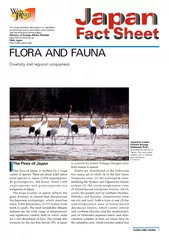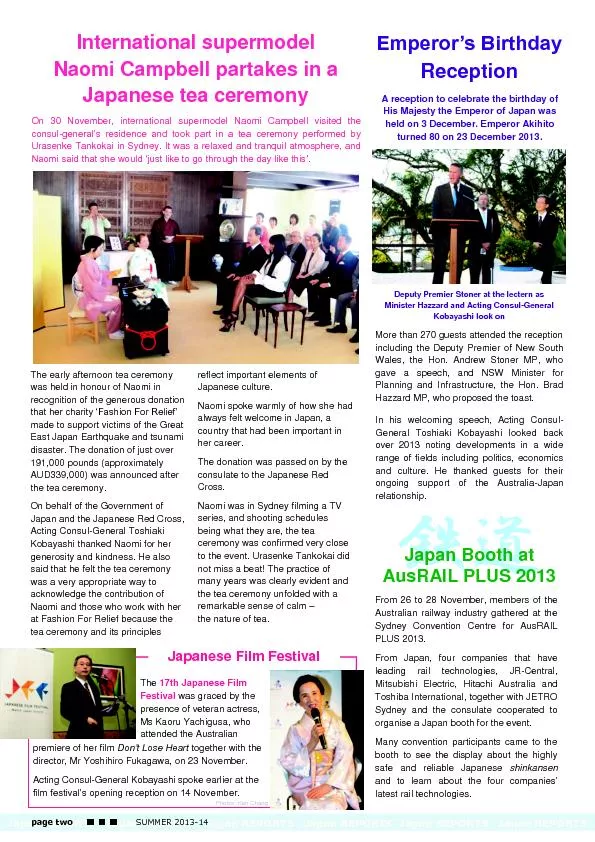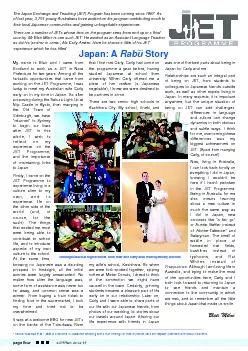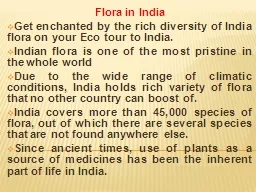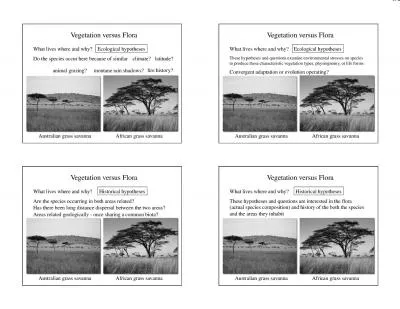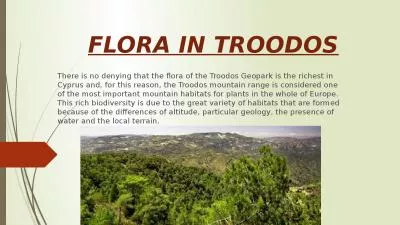PDF-The flora of Japan is marked by a large variety of spe
Author : trish-goza | Published Date : 2015-06-17
There are about 4500 native plant species in Japan 3950 angiosperms 40 gymnosperms 500 ferns Some 1600 angiosperms and gymnosperms are indigenous to Japan The large
Presentation Embed Code
Download Presentation
Download Presentation The PPT/PDF document "The flora of Japan is marked by a large ..." is the property of its rightful owner. Permission is granted to download and print the materials on this website for personal, non-commercial use only, and to display it on your personal computer provided you do not modify the materials and that you retain all copyright notices contained in the materials. By downloading content from our website, you accept the terms of this agreement.
The flora of Japan is marked by a large variety of spe: Transcript
Download Rules Of Document
"The flora of Japan is marked by a large variety of spe"The content belongs to its owner. You may download and print it for personal use, without modification, and keep all copyright notices. By downloading, you agree to these terms.
Related Documents

